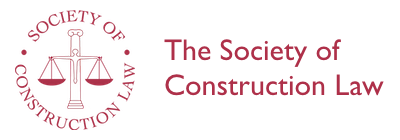The Best Laid Schemes of TECBAR and TeCSA: Potential Problems under the New Pre-Action Protocol
James Frampton
May 2017
A paper based on the joint second prize winning entry in the Hudson essay competition 2016 presented to a meeting of the Society of Construction Law in London on 2nd May 2017
This paper looks at the second edition of the Pre-Action Protocol for Construction and Engineering Disputes which came into force on 14th November 2016.James Frampton explores the context in which both the original Protocol and the second edition arose and in particular the findings of the Jackson Report and the Acuigen Study.He evaluates the nature of the substantial changes to the previous provisions, including changes to the aims and objectives of the Protocol, and highlights the potential problems that may arise.He also discusses the key addition of a new Referee procedure.The paper praises the less prescriptive nature of the new edition and the potential for time and cost savings.However, it also warns of a reduction in the Protocol's effectiveness in narrowing the issues and in facilitating pre-action settlement, and of the potential for its use as a tactic to strengthen a party's position.
The first edition of the Protocol - The Jackson Report - The Acuigen Study - The second edition of the Protocol - Voluntary - Changes to the objectives and general aims - Letter of claim - Letter of response - Pre-action meeting - Potential problems with the new Protocol - The Referee Procedure - How will Referees' decisions be enforced? - Conclusion.
The author: James Frampton is a pupil barrister at Keating Chambers, London.
Text: 13 pages
